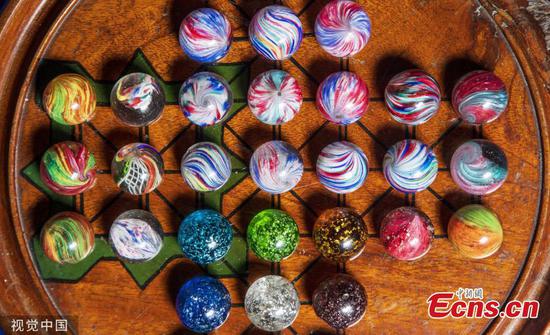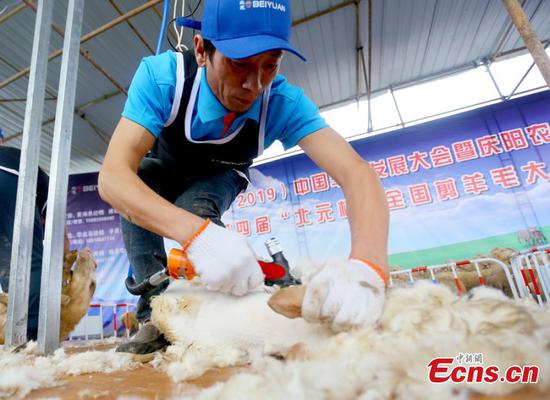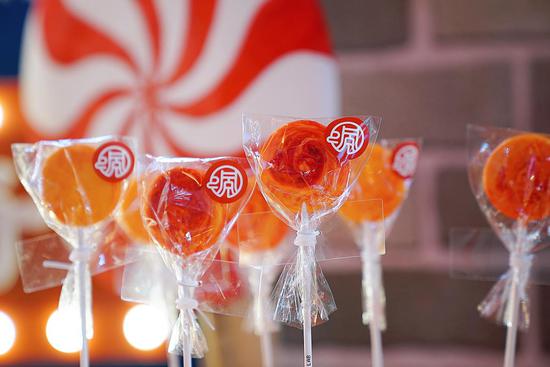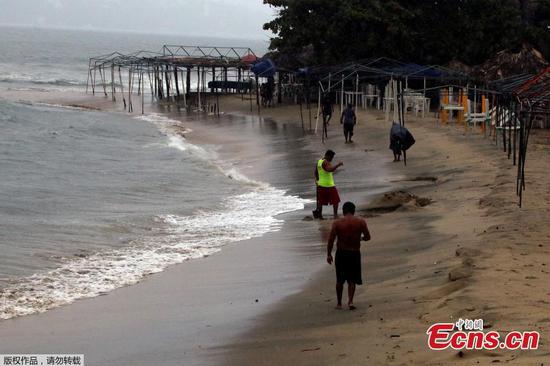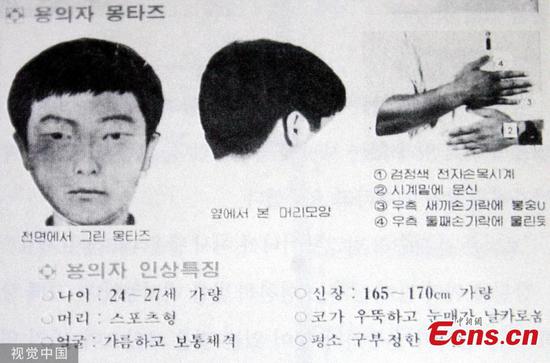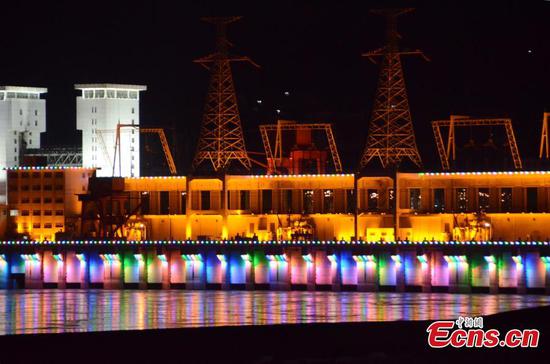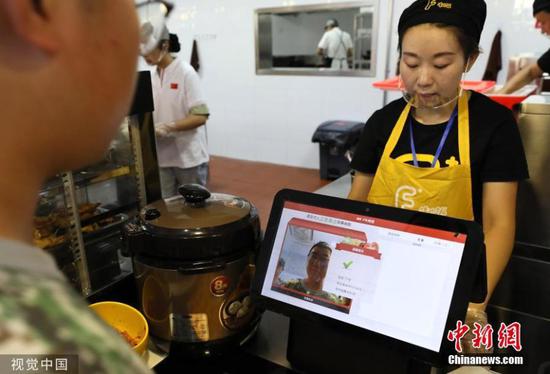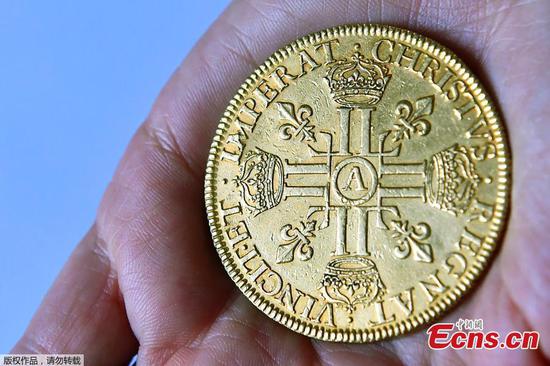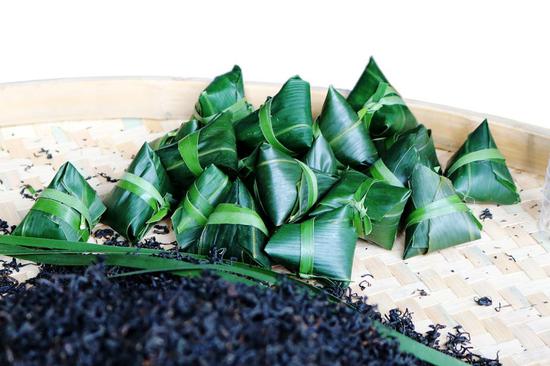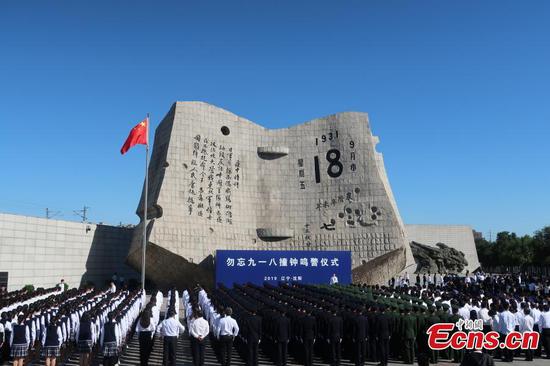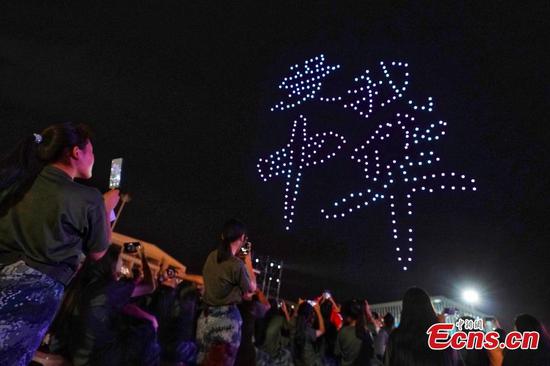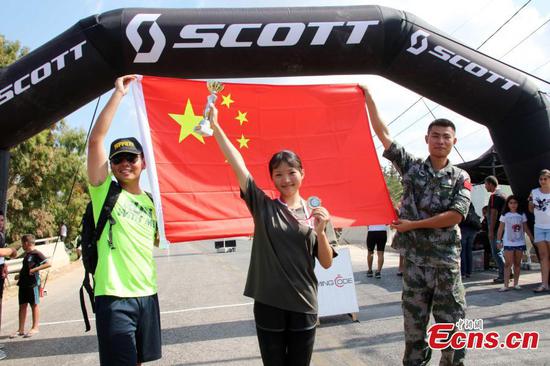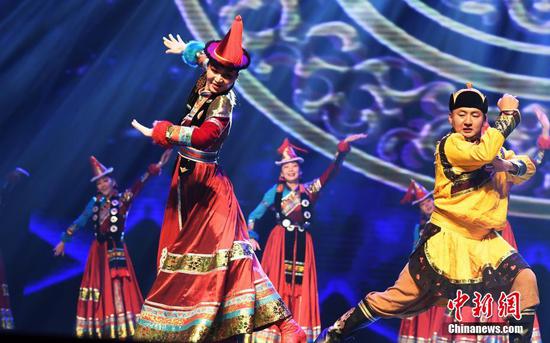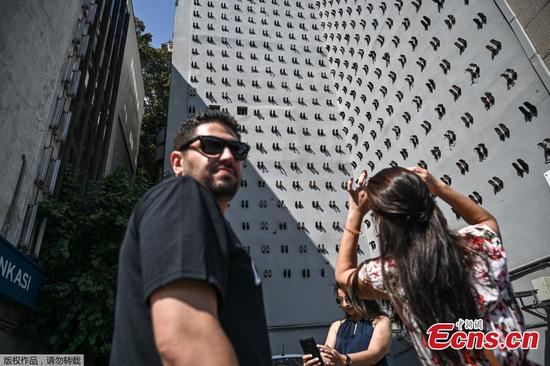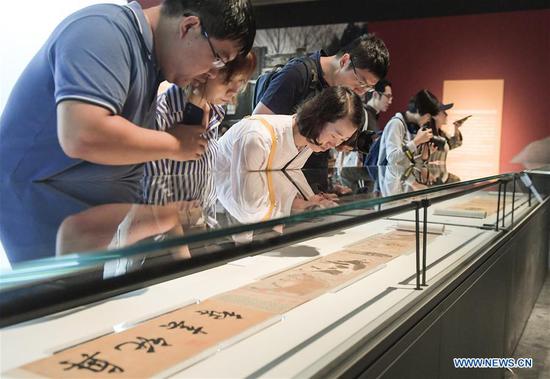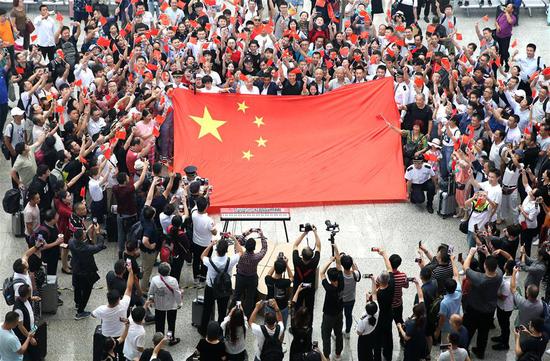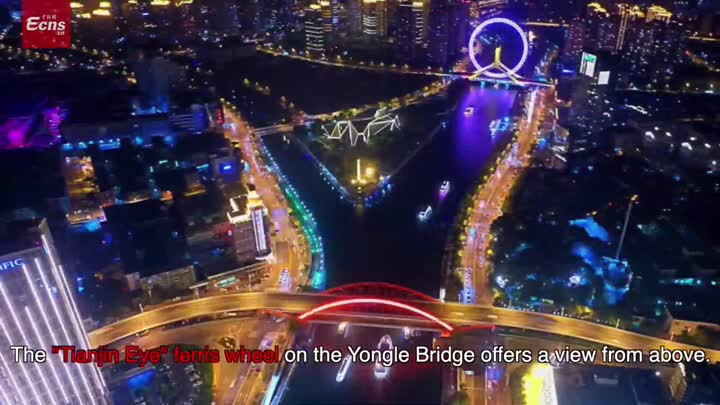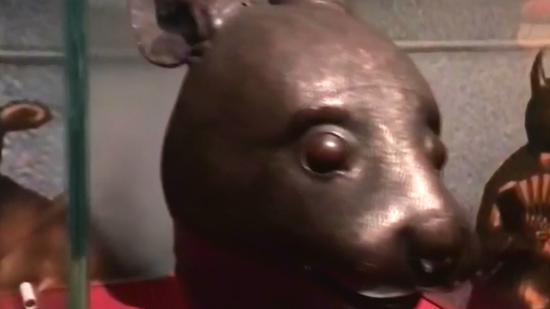
Mid-Autumn Festivalby Wang Xianzhi, a well-known calligrapher of the Eastern Jin Dynasty (317-420) (Photo: Chen Xi/GT)
An exhibition touting the achievements of the People's Republic of China (PRC) in retrieving cultural relics kicked off on Tuesday at the National Museum of China, east of Tiananmen Square in Beijing.
The items on display relate a vivid story concerning the struggle of China's cultural authorities to preserve national treasures, including the flight of antiquities to Hong Kong. Following the turbulent Republic of China period (1912-49) and after the founding of the PRC in 1949, a special squad dedicated to retrieving items from Hong Kong was established under the direction of former premier Zhou Enlai, said a press release of the museum.
Among the priceless items retrieved from Hong Kong and prevented from being taken overseas were two of China's "three rarities of calligraphy": Letter to Boyuan, or Boyuan Tie, by Wang Xun, and Mid-Autumn Festivalor Zhongqiu Tie by Jin Dynasty (265-420) calligrapher Wang Xianzhi.
The scrolls had been in Hong Kong since the late Qing Dynasty (1644-1911) until in October 1951 when Zheng Zhenduo, then chief of the state administration of cultural heritage, learned they were for sale.
In following years, the squad managed to save more items of great value including a painting by the eighth emperor of the Song Dynasty (960-1279), Huizong (1100-1125), who went by the personal name of Zhao Ji.
The press release praised patriotic Hongkongers who donated antiquities to the central government.
Born in South China's Guangdong Province, Yang Quan migrated to Hong Kong in his youth and from 1959 to 1964, donated 5,000 cultural relics to the mainland.
Yang's donations include pottery, jade- and bamboocrafts, ranging from the New Stone Age to the modern era.
Yang weathered difficulties during the Japanese occupation of Hong Kong in order to keep his collectibles intact and meanwhile witnessed the unscrupulous pillaging, theft and trafficking of cultural relics by imperialists and profiteers before the War of Liberation (1946-49), or Chinese civil war.
In 1946, he vowed to donate his collections unconditionally to a "trustworthy government."
After the founding of the PRC in 1949, Yang donated his collections to the country and was quoted in the press release as saying he realized that "the country has become more prosperous and the new government pays great attention to the protection, organization and study of cultural relics."









